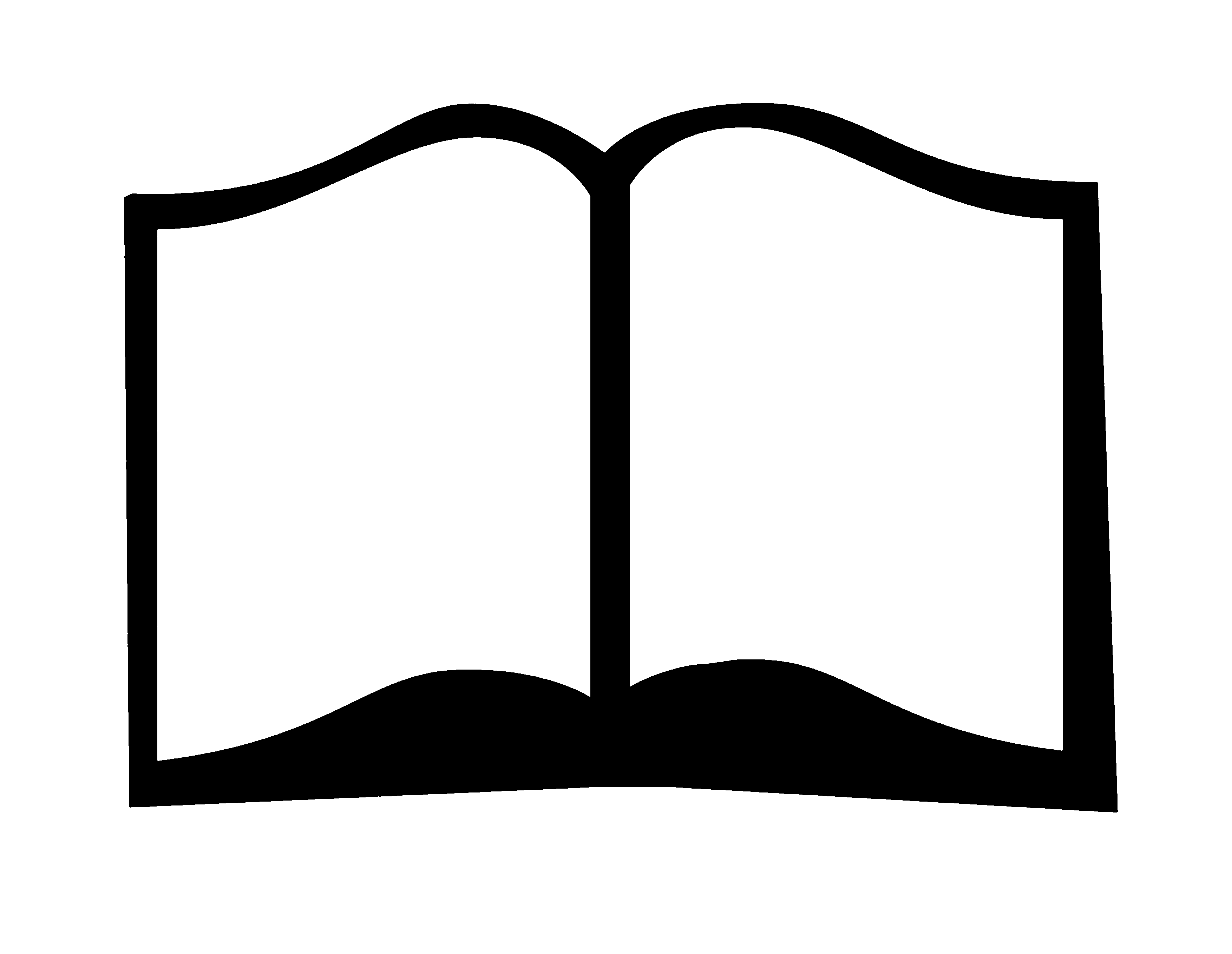National Museum of Afghanistan
KABUL



National Museum of Afghanistan

The National Museum of Afghanistan is situated at the outskirts of the capital city, Kabul. The museum was originally built as part of a plan to modernise Kabul during the times of Amanullah Khan. The idea was conceived in 1919 and in 1931 the collections were moved to the present building, within the grounds of the former palace. It was intended that the museum would provide a safe haven for the treasures of the Afghanistan culture, dating back to classical times. The collection was to reflect the variety of cultures and influences which have been present in the history of Afghanistan. This outstanding collection made the museum world famous during the twentieth century. During the Soviet invasion the situation in Afghanistan became very unstable. It was therefore decided that a number of museum works would be transfered into the custodianship of the President for safekeeping. During the Civil War the museum was looted many times, and since 1992 it has resulted in the loss of 70% of the objects which were previously on display in the museum. The national and international networks and communities have helped to recover over 8,000 of these artefacts since 2007.















Involvement of CIE:
Since 2002 the world of rebuilding, restoring and repatriating the museum and its collection began in 2002, and still continues. CIE has been involved with this process since 2006.
Our work together with the National Museum of Afghanistan includes:
- Renovation works and rebuilding the structure.
-Upgrading structure and security- including training of management teams.
- Conservation and increasing accessibility of the collections.
- Help to develop exhibitions which will highlight the rich and diverse history of Afghanistan.
- Increase income through commerical activities such as publications, museum shops, travelling exhibitions.
- To increase public awareness about the museum and collections- e.g. school visits and educational programmes.








